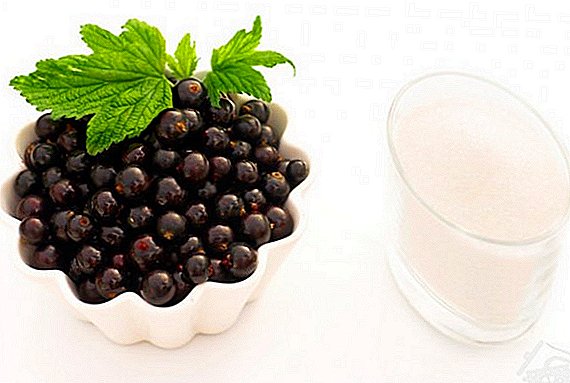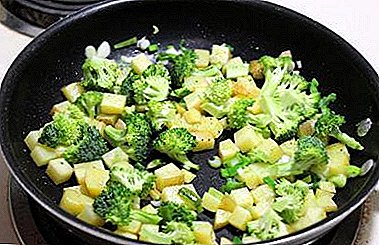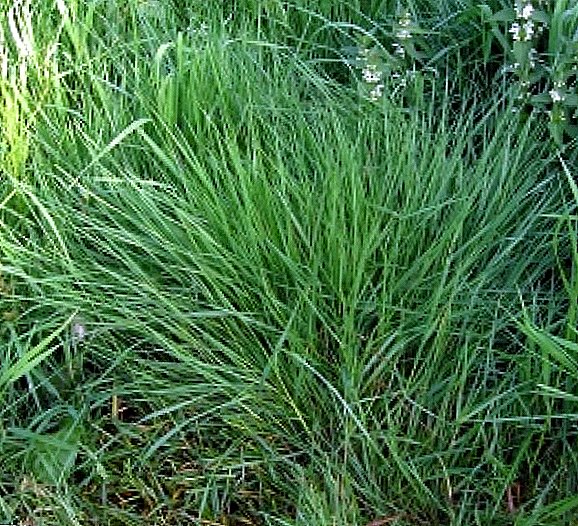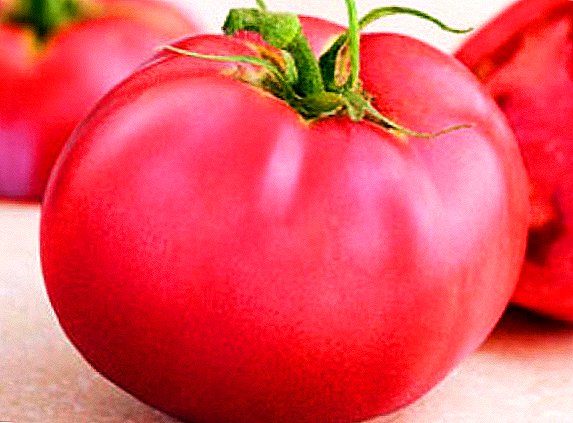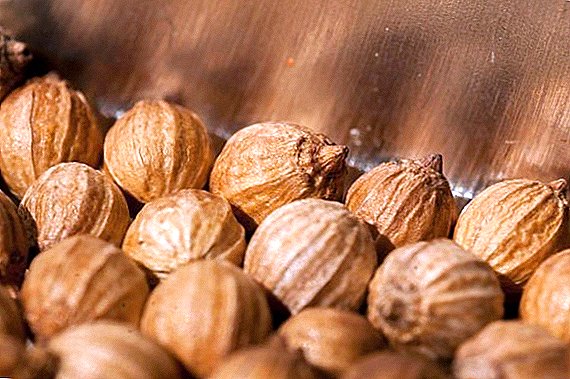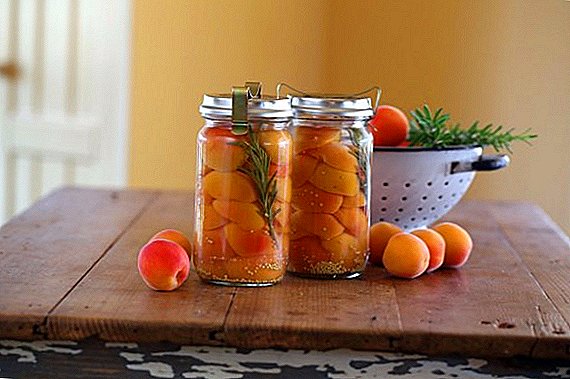 Apricot is one of the sweetest, most common and tasty fruits and has its own characteristics of preparation for the winter. In addition to jam, jam and jam, excellent compotes are prepared from it, the main recipes of which we will now consider.
Apricot is one of the sweetest, most common and tasty fruits and has its own characteristics of preparation for the winter. In addition to jam, jam and jam, excellent compotes are prepared from it, the main recipes of which we will now consider.
What is useful compote of apricots
Apricot contains many useful elements and vitamins. It is easier to list the substances that are not in this fruit than those that are present in it: there is a whole set of vitamins - A, C, E, H and vitamin B in most of its manifestations; trace elements with metal content - iron, sodium, magnesium, calcium; other trace elements - phosphorus, iodine.
Learn more about how useful apricot, zherdela, peach.Compote retains some important properties of the raw materials:
- vitamin A perfectly supports eyesight, health and youth of the skin, immunity;
- potassium useful for children, pregnant women and the elderly, it helps in the work of the cardiovascular system;
- magnesium helps hypertensive patients to lower blood pressure;
- phosphorus improves brain activity.

Important! With all the beneficial properties of the drink, do not abuse it - there may be problems with excess weight and an overdose of sweet.
Subtleties of the selection of apricots
In each degree of fruit loading there is a positive point - they are tasty as barely yellowing, and in a state of technical maturity. For different procurement of this fruit requires a different stage of its ripeness.
As for the compote, then preference should be given to fruits that have a pronounced color, which is typical for a particular variety of apricots. Immature, overripe, spoiled fruit are rejected - they, even in a single quantity, can spoil the contents of the entire container with preservation.
Find out how else you can prepare apricot for the winter.A fairly ripe fruit is slightly compressed in the palm. Mature will be elastic and its pulp will regain its original shape. Over-grown fruits will begin to be crushed in the hand, and in the compote they will melt and spoil the appearance of the drink, making it cloudy. Green fruits will not bring sweetness and color saturation into compote; therefore, it is better to use them for jam or after ripening to be used as food.

Did you know? Apricots are known since 4000 BC. e., but scientists have not yet decided on their origin - both China and Armenia are considered the birthplace of this fruit. The prevalence of culture speaks in favor of the first version, and the European name “Armenian apples” in favor of the second version.
Recipes
There are many recipes for canning apricot compote. It all depends on the quality of the fruits and preferences of the end user. But it is worth noting the main differences - compotes are cooked from whole fruits and divided into halves; bone is removed or remains in apricot; the drink may be natural or with the use of additives; product is sterilized or not.
Fresh apricot compote without sterilization
You can cook apricot compote "in haste", without resorting to sterilization. Only to use this preservation is necessary during the winter, not setting it aside for the next season. Ingredients (based on a three-liter jar):
Ingredients (based on a three-liter jar):
- ripe fruit - from 0.5 to 0.7 kg;
- sugar - 1 cup;
- water - from 2 liters to filling the jar.
- Fruits are sorted and washed under cold running water.
- Banks are thoroughly washed with soda and steamed over steam or in the oven.
- At a third of the volume apricots are placed in the jars, filled with boiling water, covered with a lid and kept for about 20 minutes.
- Water is poured into a container, sugar is added and syrup is cooked.
- Boiling syrup is poured into jars of fruit, after which the containers are rolled up with lids, turned over and wrapped tightly.
Important! Wrapping is a mandatory procedure for conservation. This provides additional heat treatment and a gradual decrease in temperature without sudden drops.
Compote of apricots with stones
Such a compote was prepared by our grandmothers and mothers for the future, so its components were calculated for several bottles.
Ingredients (based on 5-6 three-liter jars):
- enumerated ripe fruits - 5-7 kg;
- sugar - from 6 to 7 glasses;
- citric acid - about 15 g;
- water - up to 12 liters.
- Apricots are sifted and culled crumpled, with various inclusions and not sufficiently ripe.
- Banks are washed with baking soda and then sterilized for about 5 minutes.
- Fruits in containers fit up to half the volume or to the top (in the event that there is a desire to get more real compote).
- The syrup is boiled in water with added sugar and citric acid for about 8 minutes, and then poured into cans.
- Banks, covered with metal lids, are placed in a saucepan or a tank of boiling water for 20 minutes.
- Tanks are rolled up with lids and tightly wrapped for several days.
Learn how you can make strawberries, raspberries, cherries, plums, apples, gooseberries, watermelon, red, black currants, melons, cherries, cranberries, tomatoes, yoshtu, mountain ash, sunberry, physalis, blueberries.
Compote of pitted apricots
In this recipe, to remove the bone, it is necessary to divide the fruit into two halves, which implies other conditions for preparing conservation.
Ingredients (per three-liter jar):
- ripe apricots - 0.6 kg;
- sugar - 1 cup;
- water - to a full can (about 2 liters).
- The washed fruits are divided in half and placed in prepared jars for about a third of the volume.
- Fruits are poured boiling water and kept in water for 10-15 minutes, after which it is poured into a saucepan.
- Sugar is added to the expressed infusion and mixed until dissolved.
- The resulting syrup is brought to a boil and poured into a bottle of apricots.
- The containers are covered with lids, rolled up, turned upside down and tightly wrapped before cooling.
Learn how to make a compote of plums, cherries, melons.
Compote from apricots with rum
Sterilization can sometimes be replaced by the use of natural products that will cope with preserving conservation at its best.
Ingredients (six liter cans):
- ripe apricots - about 3 kg;
- sugar - about 1 kg;
- water - 2.5 l;
- rum - 3 tsp.
- Raw materials are sorted and washed well.
- Several pieces in a colander are lowered into boiling water for 2-3 minutes, cooled sharply in cold water, the skin is removed from them.
- Fruits are carefully divided in half, the bones are taken out of them, and the halves are arranged in banks.
- Separately prepared syrup, which is poured cans with prepared fruit. Half a teaspoon of rum is added to each container.
- Banks roll up and cover up to cool completely upside down.

Learn how to make homemade wine from compote, jam, rose petals, plums, grapes, apples, black currant.
Compote from apricots with honey
In many cases, homemade sugar can be replaced with honey. At the same time, the taste and nutritional properties of the resulting preservation can often be much better. No exception and blanks with the addition of honey.
Ingredients (six liter cans):
- apricots - 3 kg;
- honey - 0.9-1 kg;
- water - 2.5 l.
- Ripe and dense fruits are selected and must be thoroughly washed.
- Fruits are cut into halves, stones are removed, apricots are laid out in pre-sterilized jars.
- Honey is dissolved in heated water and the mixture is brought to a boil.
- Banks with prepared fruits are poured over with syrup and rolled up.
- The containers are placed in a pot of boiling water, sterilized for about 8-10 minutes, then turned over and covered.

Did you know? Alexander Macedonian delivered the fruit to Europe (to Greece), and from there, these delicious orange fruits spread throughout the continent.Apricots are a good raw material for preservation - it is almost impossible to spoil them. Therefore, even novice housewives can successfully harvest these fruits and pamper their households with delicious compotes throughout the winter.



